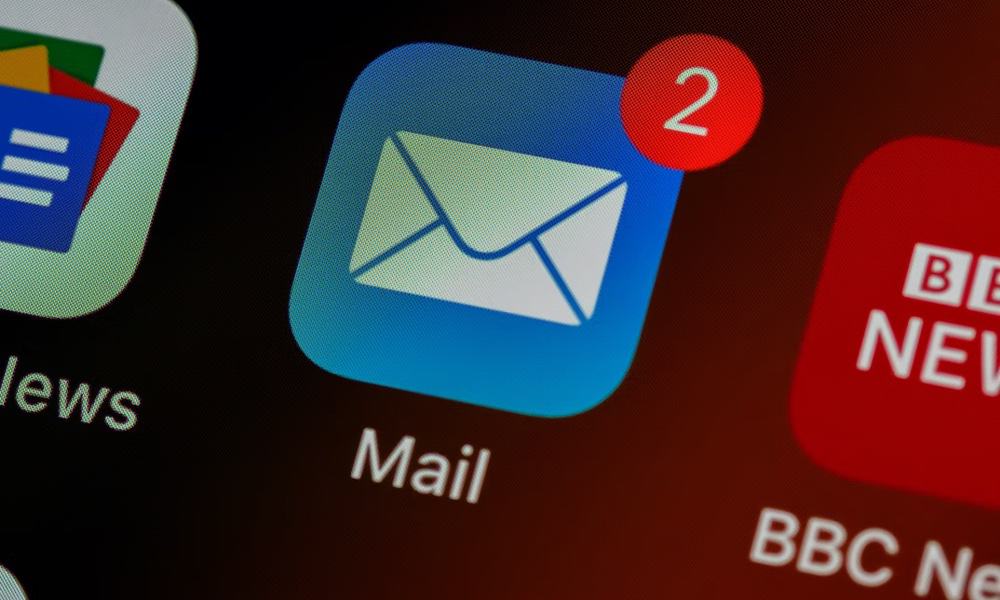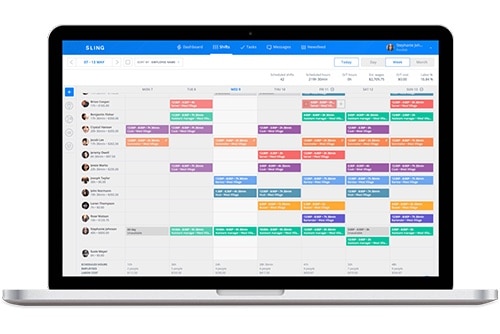Welcome To The Team: 6 Expert Tips For Successful Onboarding
There are few words as exciting as, “Welcome to the team!” But just attracti...

Want to start your onboarding process like a real pro? Send a welcome email to new employees. Such correspondence helps lay a strong foundation for the working relationship to come and can make your new hires feel as welcome as possible when starting a new job.
In this article, we discuss what to include in your welcome email to new employees and offer tips for making the email great.

An efficient and successful onboarding program can start well before the first day of activity. That’s where the welcome email to new employees comes in.
This email should provide a general overview of their first day on the job, what they need to do to make their arrival easy, and any other information that might be useful.
Here’s a breakdown of what to include in your welcome email.
This is probably one of the most important parts of the welcome email to new employees. It gives them all the necessary information to find parking, access the building, and report to the right place to get started.
If you include nothing else, we recommend supplying the following information:
It’s also extremely important to include your contact information (at least one piece) and a reassurance that they can call you if they have any questions.

Another essential component of the welcome email is a schedule for their first day.
This provides structure to the day’s activities and can alleviate a lot of the questions that new hires may have about what they should do, whom they should talk to, and where they should go.
Here are a couple of recommended methods for outlining the schedule for your new team member’s first day.
This method doesn’t go into a lot of specifics, but it sets up a framework for the day so the new hire has a general idea of what’s going to happen.
Example of a general schedule:
Once you check in at the front desk, I’ll take you on a tour, show you where you’ll work, and introduce you to the team members in your department.
After that, you’ll meet with Maggie, the HR manager who will get you started on the necessary paperwork. We’ll have a team lunch so you can get to know your coworkers better and then hand you back to Maggie, who will help you finish the paperwork you started earlier.
This method goes into much more detail than the general option but still serves the main purpose of establishing structure and purpose for their first day.
Example of a specific schedule:
9:00 a.m.: Arrive at office and check in
9:30 a.m. – 10:00 a.m.: Tour of office, location of workspace, introduction to team
10:00 a.m. – 11:30 a.m.: Meet with Maggie in HR
11:30 a.m. – to 1:00 p.m.: Team lunch
1:30 p.m. – 2:30 p.m.: Finish paperwork for HR
2:30 p.m. – 3:30 p.m.: System orientation and training with IT Director, John
3:30 p.m. – 5:00 p.m.: Training with team manager
If you choose the specific schedule, be sure that all hours are covered — from arrival to departure — so the new hire knows what to expect.

When writing your welcome email, do your best to keep it short. There’s no need to include every last detail you can think of — that’s what their first few days on the job are for.
Stick to the basic information they’ll need to get in the door, one of the schedules mentioned in the previous section, and maybe a bit about how glad you are that they’re joining the team.
Try not to hit the new hire with a wall of text when you’re writing the welcome email (keeping it short certainly does help).
Include plenty of white space, and divide up main points with subheadings, bullet points, and bold or italic text.
Expressing your excitement that the new employee will be joining your team goes a long way toward making them feel welcome and inspired to get to work.
Take a few sentences to express this fact and to convey your enthusiasm for their contributions. And don’t be afraid to use an exclamation point or two to drive home the point!
Overly casual language usually has no place in most welcome emails to new employees. You may want to write the email as if you were writing to one of your colleagues about a business matter.
Include contractions (e.g., we’ll, I’ll, you’re, and the like) to make the writing a bit more informal, but avoid anything that might cause the reader to take offense (e.g., swear words, sarcasm, disparaging remarks, off-color humor, etc.).
When considering the language in your welcome email to new employees, be both personal and professional.
Use their name whenever possible (but not too much) so it feels like they’re talking to a real person rather than some faceless corporate entity. But don’t stray so far into the personal territory that the email starts to sound like a tweet or DM between old friends.
To help you keep the tone professional yet personal, consider asking another manager or your supervisor to proofread the email and give you their feedback.

Feel free to use this example welcome letter template as-is or tailor it to fit the specific needs of your business (please read the disclaimer at the end of this article).
Good morning, Rebekah.
We’re excited to welcome you to our team and are looking forward to your first day!
To make your arrival as smooth and stress-free as possible, here are some details to keep in mind:
When you arrive, check in with Molly at the front desk to get your security badge. I’ll meet you there, take you on a tour, introduce you to the team, and show you to your workstation.
Once we get you situated and answer any questions, we’ll take a team lunch so you can get to know your coworkers better (let me know if you have any dietary restrictions).
After lunch, I’ll introduce you to the supervisors in the department and the HR manager who will walk you through some necessary paperwork. You can help streamline this process by logging in to our website (Username: XXXXXXXX, Password: YYYYYYYY) and filling out the forms indicated there.
Feel free to contact me at [phone number and email address] if you have any questions about your first day or what you need to do before then.
Looking forward to having you on our team!
Regards,
[Signature and typed name]

Writing a welcome email to new employees is a great way to inspire your new hires and get them excited for their first day at work. But, even more than that, it can help you start forging a strong employee/employer relationship.
Once the new employee arrives, do your best to maintain strong communication with them — and everyone on your team. The Sling app can help.
We built the Sling suite of tools to:
Experience the myriad ways the Sling app can make your job easier by signing up for a free trial today.
For more free resources to help you manage your business better, organize and schedule your team, and track and calculate labor costs, visit GetSling.com today.
See Here For Last Updated Dates: Link
Disclaimer: This content is provided for informational purposes only and is not legal, accounting, tax, HR, or other professional advice. You should contact your attorney or other relevant advisor for advice specific to your circumstances.
Schedule faster, communicate better, get things done.